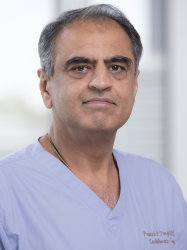BibTex format
@article{Abdul:2020:10.1177/0267659120910373,
author = {Abdul, Khader A and Khan, H and Stowell, C and Liu, G and Sameh, M and Punjabi, P},
doi = {10.1177/0267659120910373},
journal = {Perfusion},
pages = {267659120910373--267659120910373},
title = {Retrospective analysis of tricuspid valve repair using a novel surgical technique: A 7-year single-surgeon experience.},
url = {http://dx.doi.org/10.1177/0267659120910373},
year = {2020}
}

